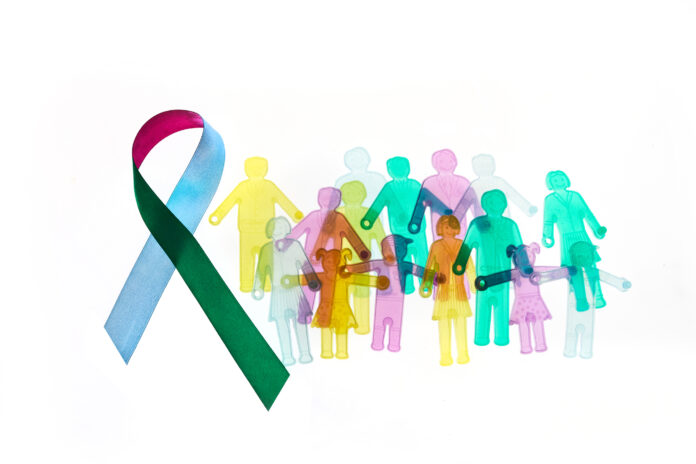
New research by the EveryLife Foundation for Rare Diseases, in one of the first studies of healthcare utilization and costs for patients with a rare disease, has found that early rare disease diagnosis could save as much as $500,000 per patient. The report, “The Cost of Delayed Diagnosis in Rare Disease,” provides a detailed analysis of the avoidable costs associated with adrenoleukodystrophy (ALD), Duchenne muscular dystrophy (DMD), fragile X syndrome (FXS), generalized myasthenia gravis (gMG), Pompe disease (PD), severe combined immunodeficiency disorder (SCID), and Wilson disease.
The study, released Thursday, provides estimates of the avoidable per patient medical costs and productivity losses of the seven rare disease ranging from $86,000 to $517,000 and noted that the benefits of early intervention are notable in states that have instituted newborn screening for disease such as ALD, Pompe disease, and SCID. Early diagnosis of these three diseases are shown to save money by eliminating the often months- or years-long diagnostic odyssey experienced by people with a rare diseases while providing the early, optimal interventions that can improve health outcomes.
“The results of this study demonstrate the urgent need for faster and improved diagnostic strategies to help decrease the financial and personal impact of rare diseases on families and the healthcare system,” said Annie Kennedy, chief of policy, advocacy, and patient engagement at the EveryLife Foundation. “Timely diagnosis, using tools such as newborn screening and next-generation, evidence-based neonatal sequencing, is especially important when there are disease-altering or life-saving treatments available that can prevent irreversible disease progression and change outcomes.”
Evidence has been building the past five or more years of the benefits of early, broader rare disease screening for newborns as well as the use of rapid methods of genetic sequencing of the sickest babies with rare disease in neonatal units. This revolution, led by the efforts of Stephen Kingsmore and his team at Rady Children’s Institute for Genomic Medicine. A healthcare utilization pilot project conducted with the state of California’s Medicaid program dubbed Project Baby Bear was shown to save $2.5 million. Providing diagnoses to 76 babies, or 43 percent of those whose genomes were sequenced, the pilot showed a reduction of 513 hospital days as a result of early diagnosis and intervention.
The data released Thursday is a follow up to the 2021 study “National Economic Burden of Rare Disease Study,” which estimated the 2019 economic impact of more 300 rare disease totaled more than $1 trillion. That study also detailed the diagnostic odyssey experience by so many patients with rare disease, showing that after first appearance of symptoms form a rare disease it can take more than six years and as many as 17 different clinical visits before a patient receives a diagnosis.
“Medical costs for rare diseases are inevitable, but avoidable costs from delayed diagnosis not only place financial strain on individuals and families but also divert crucial healthcare funds. These could be better used for treatments that enhance patient quality of life and boost workforce productivity,” said Amy Brower, PhD, director of Newborn Screening Translational Research Network at the ACMG. “Timely diagnosis can lead to targeted therapy, surveillance for complications, and genetic counseling which can positively affect health outcomes, survival, and the overall healthcare system.”
According to Kennedy, the seven rare diseases in the new study were selected because there is an existing path to diagnosis, “but for the vast majority of rare conditions the search for answers goes on and on. Therefore, the costs described in the study are gross underestimates for those who never reach the end of their diagnostic odyssey.”











